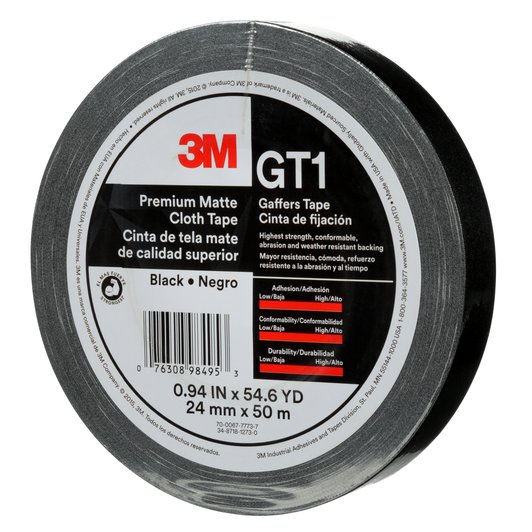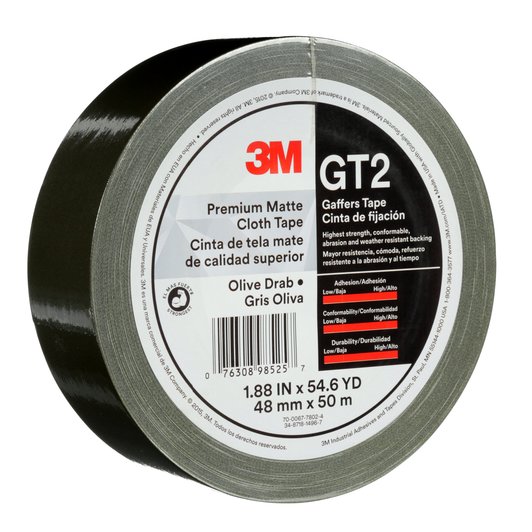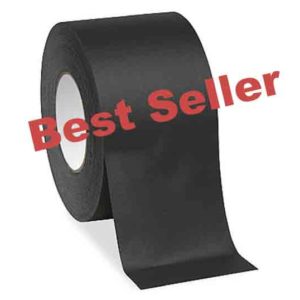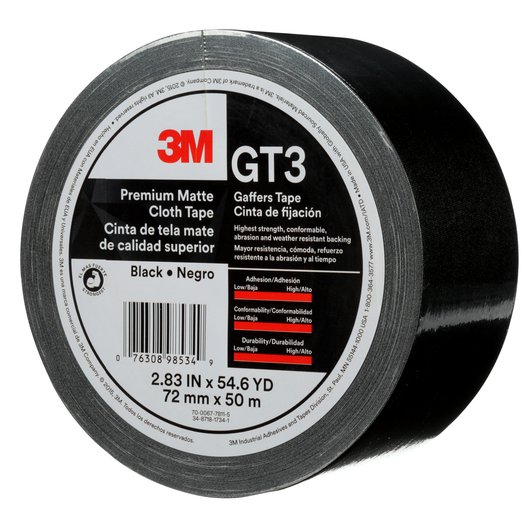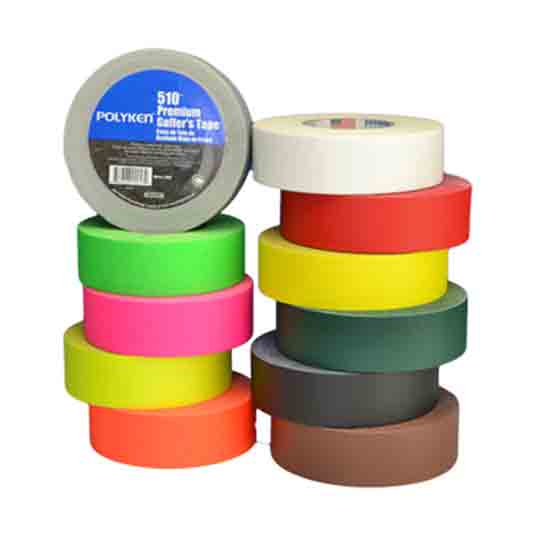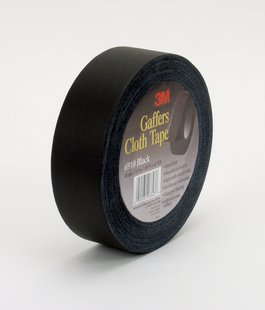Gaffers Tapes
Where Gaffers Tape is Sold at Competitive Prices
Gaffers Tapes are non-reflective, with a light tact leaving no residue, and are used to protect sound wiring or for bookbinding. They are flexible and pliable vinyl coated waterproof cloth tape with rubber based adhesive. Gaffers tapes are used to protect and secure electrical and sound writing, but they do not leave a residue. They are also used as bookbinding tape and for many other miscellaneous purposes. CDNT offers competitive prices and the largest selection of matte-finish Gaffers tapes for use in the arts and entertainment, photography and bookbinding industries. With excellent temperature resistance, adhesion, and clean removal these tapes meet the high standards required for industrial use.
Showing all 6 results
-
1″ x 54.68 yd. x 11 mil GT1 Matte-Finish Multi-Colored Cloth Gaffers Tape
-
2″ x 54.68 yd. x 11 mil GT2 Matte-Finish Multi-Colored Cloth Gaffers Tape
-
2″ x 60 yd. x 11.5 mil Multi-Colored Gaffers Tape
Sold per Case (24 rolls per case) -
3″ x 54.68 yd. x 11 mil GT3 Matte-Finish Multi-Colored Cloth Gaffers Tape
-
Custom Slit to Width x 54.68 yd. x 11.5 mil Multi-Colored Premium Graffers Tape
-
Custom Slit to Width x 60 yd. x 12 mil Black Cloth Gaffers Tape
What is Gaffers Tape:
Gaffers tape is a variation of duct tape designed for temporary usage. They are used by production crews in television, motion pictures, concerts, and live shows to tape down cables and other short-term set-ups. When gaffers tape is removed, it does no harm to the surface it is applied to and does not leave any residue as duct tape does. Gaffers tape can endure the heat of at least 93 degrees Celsius. Its cloth backing can be torn lengthwise to create thinner strips or crosswise to make smaller ones even without scissors or other cutting tools.
Gaffers tape is often confused with duct tape. It differs in the composition of both the backing and the adhesive. The backing is made from fabric and has a nice texture to it as opposed to vinyl or other plastic tapes. The adhesive is usually rubber based and is more resistant to heat and is easier to remove without damaging the surface it is being used on.
Gaffers tape is named for the gaffer crew that is on a film crew. When cables are taped down on a stage or other surface, either to prevent tripping hazards or conceal them from the view of the audience or camera, they are said to be gaffed down.
A common application for gaffers tape is securing cables to a stage floor, podium, or wall, either for safety or concealment. It is also frequently used whenever a quick fix is required, from temporarily attaching fixtures or props to salvaging a broken piece of production equipment. A narrow version of gaffers tape, called spike tape, is often used in theater productions for floor layout. The matte finish keeps the tape from reflecting light, so it blends in with a typical stage floor.
Gaffers tape is sold in a variety of widths:
- 1⁄4 inch to 4 inches in width
- 1 inch and 2 inch widths are the most common
Gaffers tape is strong yet can be torn by hand, so no cutting tools are necessary and it can easily be ripped into narrower strips when desired. The synthetic adhesive typically leaves little or no residue and will generally not damage most surfaces when it is removed. This is, however, more likely in warm conditions so care must be used when considering whether a different type of tape would be more appropriate for a given application. Gaffers tape is usually more expensive than duct tape because it is manufactured in smaller quantities, has more exacting specifications, and is marketed for professional use.
For lighting crews, gaffers tape can be used to mark on stages where lights are to be aimed and to spot a piece of cloth to a wall for a headshot background.
In the absence of console tape or artist tape, live sound engineers or lighting board operators may use a strip of white gaffers tape along the bottom of a mixing board, to label the channels used for a particular show. Some sound crews use gaffers tape to fasten radio microphone belt packs to the actor’s back; other sound crews use gaffers tape to secure the positions of microphone stands.
On theater stages, using black or gray gaffers tape can be used to fasten props on shelves in a moving set. Black gaffers tape can also provide black edges to tables, chairs, and other props. The gaffers tape can also be used to soften the clattering noises of shoes on stage. Photographers utilize gaffers tape to label cameras and camera accessories and to avoid lens flickering in the backdrop. Photographers remedy light streaking through a camera’s viewfinder by taping gaffers tape over it.
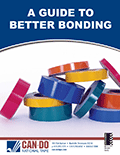 Download our free Guide to Better Bonding
Download Now
Download our free Guide to Better Bonding
Download Now
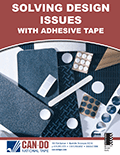 Download our free Guide to Solving Design Issues with Adhesive Tape
Download Now
Download our free Guide to Solving Design Issues with Adhesive Tape
Download Now


